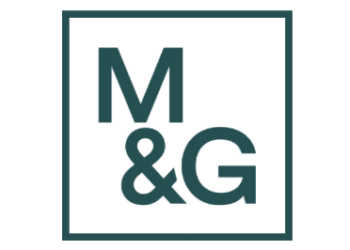Group critical illness policies have been attacked for having payout rates 12 per cent lower than individual policies, with one industry figure describing the figures as reflecting a ‘dysfunctional’ product.
F&TRC director Ian McKenna has pointed to industry statistics published earlier this year showing successful claims rates of 81 per cent for group critical illness compared to the 93.1 per cent payout rate on individual policies in 2015, as evidence of a product that is failing its customers. McKenna argues that if anything, the individual market should have lower levels of claims because it presents a higher risk of consumers selecting the product because they know they are likely to claim against it.
Individual income protection products saw 91.2 per cent payout rates in 2015, compared to 84 per cent in group income protection. However, some experts point out that the two IP sectors’ figures are not compiled on a consistent basis.
But industry body Group Risk Development (Grid) says the two products are not comparable, and that lower claims rates result from group customers, who are not individually underwritten, being less aware of what conditions are covered until they claim.
McKenna is also calling on all group risk providers to make their claims statistics public.
McKenna says: “When you have a product that does not pay out on one in five claims you have got a dysfunctional market. You would have thought that the group market would have a lower risk of nondisclosure and of being selected against than the individual market.
“It is not good enough to say that it does not matter whether schemes pay out at a high right or not. Ten years ago, before people started asking questions, claim rates in the individual market were a little above 70 per cent – now they are over 90 per cent. We also need providers to publish their claims data like they do in the individual market.”
Grid spokesperson Katharine Moxham says: “It is important to remember that we are comparing apples and pears when we compare the group and the individual markets. In the group critical illness sector the employer chooses the cover and the definitions may not be appreciated by the employee.
“Many employers do not feel they can make critical illness compulsory because of the P11D charge it would create. On the group life and income protection we can have free cover, but because employers do not want to force people to have critical illness, they get automatic cover not free cover. This comes with a pre-existing condition clause.
“In the individual market policyholders are fully underwritten. People who are not going to be able to claim are weeded out at the beginning of the process, not at the end. The process is different in the group market because employers do not like underwriting on the critical illness. They do not like the administrative burden it puts on them and their employees.
“The Financial Ombudsman has made a landmark judgment on the issue saying the product is communicated correctly by the employer and the insurer if its details are published on the company’s intranet.
“Full underwriting could lead to less people taking out to cover in the long run through group schemes.
“Grid publishes figures on a consistent basis for the entire sector. It is not for Grid to say that individual firms should publish theirs.”
Carr Consulting & Communications managing director Kevin Carr says: “Publishing claim stats on an industry wide basis only doesn’t really work. The companies that are above the average are keen to promote this point, and by default this raises questions about the others.
“Overall I find it astounding that we are still debating whether or not it’s important to tell our customers how many claims are paid. We live in an ever-growing age of consumerism, boosted by social media, and paying claims is why people buy the cover. The individual market has been in the habit of publishing claims stats every year for the last decade, so it’s not as if the group market hasn’t had time to adjust.”



